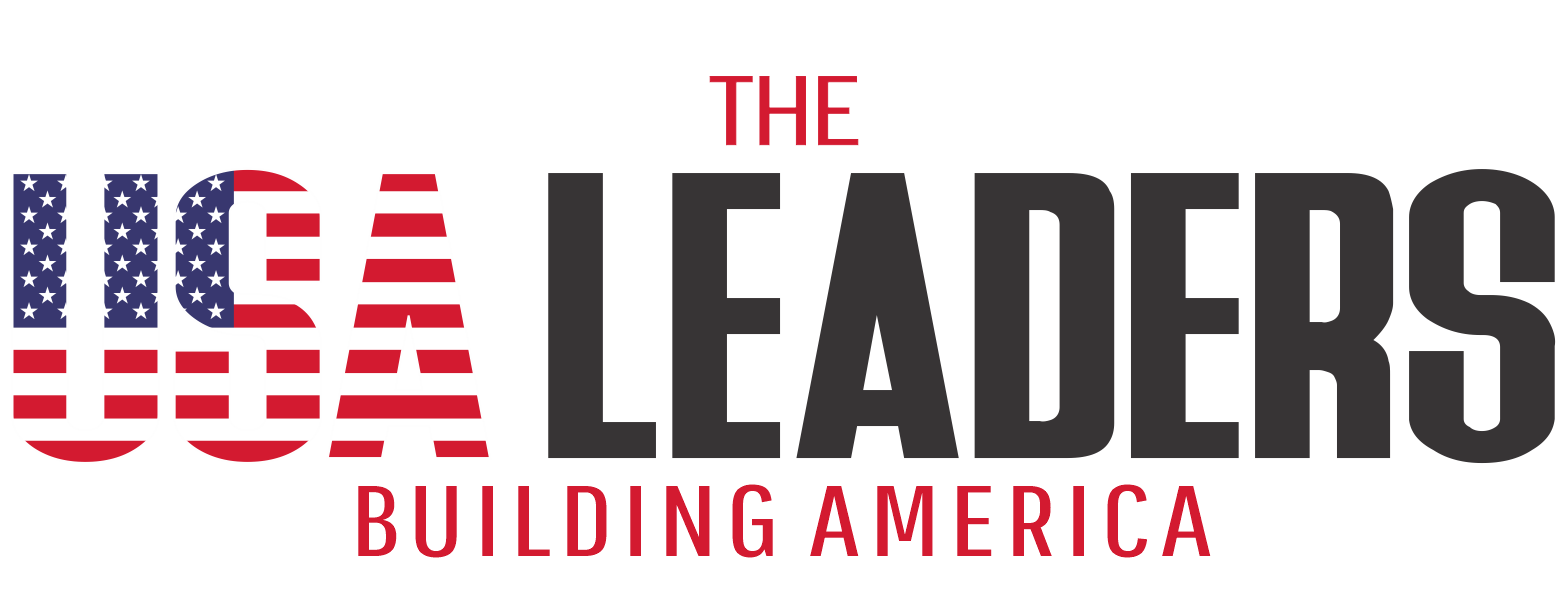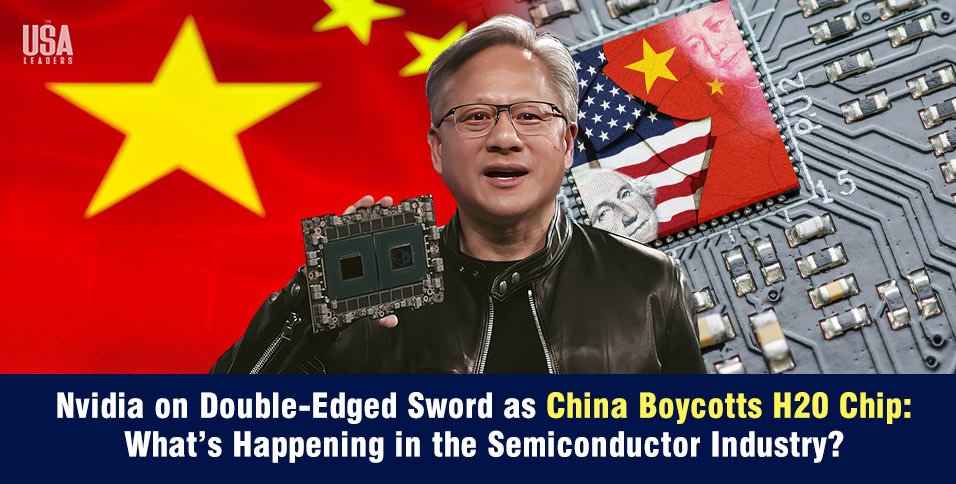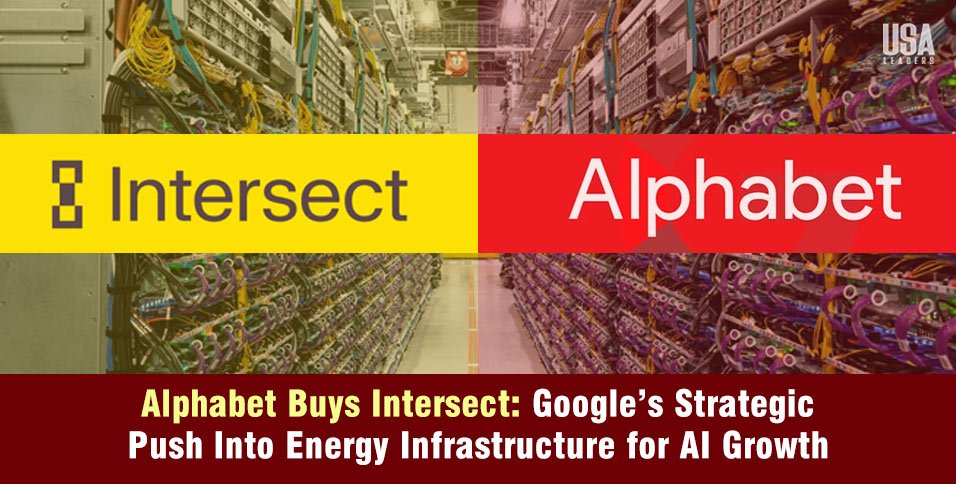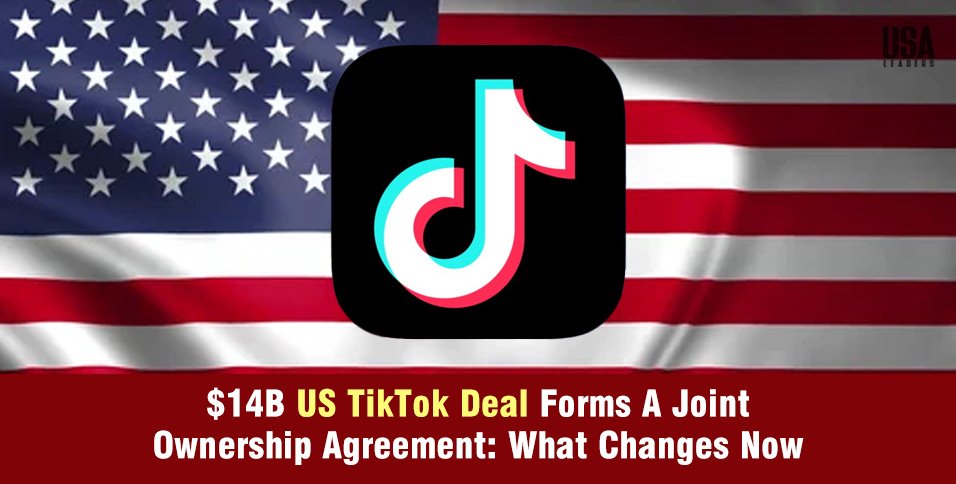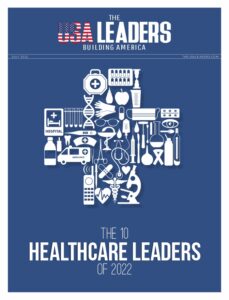The USA Leaders
August 12, 2025
Beijing – Imagine being the most valuable company on Earth. With a staggering $4.4 trillion market cap, Nvidia is the undisputed king of the AI boom, powering the technology that is reshaping our world. Yet, this American champion finds itself caught in a geopolitical vise, squeezed between the governments of the U.S. and China. In a stunning twist, just as Nvidia navigated complex U.S. regulations to sell its H20 chips to China, a new, formidable obstacle has emerged: a reported China boycotts H20 chip movement, urging local firms to use domestic alternatives.
This high-stakes drama raises a critical question: what happens when a nation’s biggest tech asset becomes a pawn in a global power struggle?
The 15% Cut and the National Security Struggle
This all started with the U.S. government’s decision to take a 15% cut from Nvidia and AMD’s chip sales to China. It’s an effort by Washington to control the flow of advanced technology, citing national security concerns. But here’s the kicker: Nvidia is on the front lines of this battle, despite being one of the most invested brands in AI and R&D.
While the U.S. government pushes for global dominance in artificial intelligence, it’s also putting limits on how Nvidia can expand worldwide.
The irony? The U.S. is cutting a slice of Nvidia’s pie while promoting AI development, yet simultaneously restricting its ability to trade freely.
It’s a stark contrast to the booming demand for AI solutions worldwide, where Nvidia is the key player. This balancing act between protecting national interests and fueling innovation is forcing companies like Nvidia to navigate a complex web of policies.
China’s Concerns: Is Nvidia’s Chip a Trojan Horse?
At the heart of China’s pushback is concern over the security of Nvidia’s H20 chips. These chips, despite being essential for AI applications, have been criticized for potentially containing “backdoors” or “kill switches” that could allow foreign governments to take control remotely.
The controversy isn’t just about the technology; it’s a battle over who gets to dictate the global standards in AI.
Chinese authorities and state media have raised these issues, with some even questioning whether the H20 chips are advanced enough for China’s needs. The U.S. has denied all accusations, but the damage may already be done.
With China already accelerating its efforts to build homegrown solutions, the impact on Nvidia’s future in the country could be severe.
The U.S.-China Trade Stranglehold: A Double-Edged Sword
Here’s where the plot thickens. Back in 2025, the Trump administration struck a deal with Nvidia and AMD, agreeing to allow them to resume selling H20 chips to China—albeit with a hefty catch: 15% of the revenue would go straight into U.S. government coffers.
It’s a deal that has raised eyebrows across the tech and policy worlds. Critics argue that it’s more about the U.S. seeking a cut of the action than about ensuring national security.
For Nvidia, this means navigating both Chinese resistance and a U.S. government stake in its China sales. It’s the kind of situation that would make any CEO sweat: A geopolitical tug-of-war over a chip.
While the company gets to keep 85% of the revenue, the complicated regulatory landscape could push competitors like Huawei ahead in China’s growing AI market.
Nvidia’s Market Position: A Giant Facing Headwinds
Despite these challenges, Nvidia remains a market behemoth. The company’s investment in AI, research, and development is a critical part of its future. Still, the government restrictions are starting to take a toll. In 2025, Nvidia faced a $4.5 billion writedown due to unsold H20 inventory. These losses were exacerbated by U.S. export bans, and analysts warn that the political landscape could reduce revenue by as much as $8 billion in future quarters.
However, there’s a silver lining. The U.S.-China chip deal ensures Nvidia can still access China’s massive market—albeit under tight restrictions. For Nvidia and AMD, 85% of the potential revenue is still better than none, even if it’s a smaller slice than anticipated.
Rising Domestic Competition: Huawei and China’s AI Push
Meanwhile, China’s AI chip market is growing more competitive. The government’s desire for technological self-sufficiency is pushing domestic companies like Huawei to catch up. Huawei’s Ascend series, in particular, is seen as a direct alternative to Nvidia’s offerings, and the company’s chips are becoming a strong contender in AI workloads.
As China pushes harder to develop its own AI hardware, Nvidia’s market share in the country is set to drop. From a commanding 66% in 2024, Nvidia’s share could fall to just 54% by 2025. This shift is a reminder that even tech giants are vulnerable to the tides of international trade policy and domestic competition.
The Bigger Picture: Global AI Leadership and the National Security Debate
The controversy surrounding Nvidia’s H20 chips isn’t just about one company or one country—it’s about the future of global AI development. Countries are racing to develop AI solutions, and whoever controls the best chips has a strategic advantage. China’s push for homegrown solutions and the U.S. government’s aggressive stance on exports is only intensifying this race.
In the U.S., lawmakers are considering new regulations that could make AI chips even more secure and trackable. These proposals would require exporters to embed location-tracking technology in their chips, a move that would add another layer of complexity to the already delicate trade ecosystem.
Nvidia, for its part, is steadfast in denying any “backdoors” or spying capabilities in its chips. The company’s Chief Security Officer, David Reber Jr., has publicly stated that adding vulnerabilities would undermine the global digital infrastructure and the very foundation of U.S. economic interests.
Still, the broader implications of this debate go beyond just one company—it could shape the future of AI, cybersecurity, and international relations.
What’s Next for Nvidia After China Boycotts H20 Chip?
Looking ahead, Nvidia’s journey will likely be filled with more political and market hurdles. Despite the challenges posed by China’s boycott and the U.S. government’s revenue-sharing deal, Nvidia is in a unique position. The company is still the leader in AI technology and is poised to maintain that status—provided it can navigate the increasingly murky waters of global trade policy.
The question is, can a company like Nvidia continue to thrive when its government is both its partner and its regulator? Only time will tell if the tech giant can maintain its hold on the future of AI while managing the shifting sands of global geopolitics.
